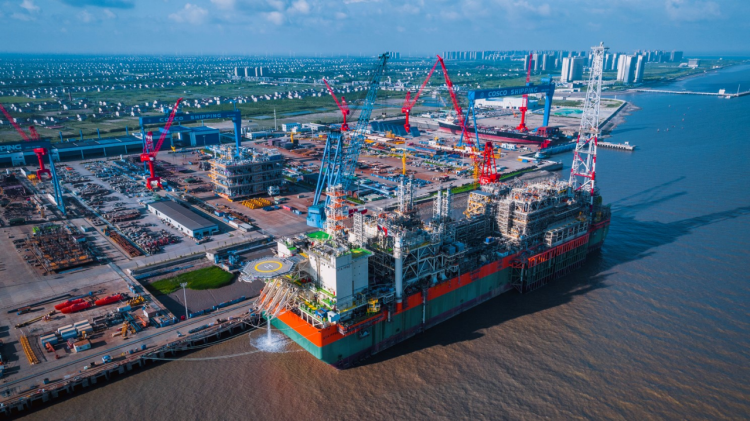
BP said that the company alongside its partners confirmed the development concept for phase 2 of the Greater Tortue Ahmeyim (GTA) liquefied natural gas (LNG) project located on the maritime border of Mauritania and Senegal.
The partners PETROSEN, Kosmos Energy, Société Mauritanienne des Hydrocarbures (SMH), and BP aim to advance the project’s second phase to the next stage of evaluation.
As part of this, they will assess a gravity-based structure (GBS) as the basis for the GTA phase 2 expansion project (GTA2). The total capacity of the phase 2 project is expected to be 2.5-3 million tonnes per annum (mtpa).
According to BP, GBS LNG developments are connected statically to the seabed with the structure accommodating storage for LNG as well as serving as a foundation for liquefication facilities.
BP operations and production executive vice president Gordon Birrell said: “We aim to build on our strong collaboration with our partners, and the Governments of Mauritania and Senegal, to further develop a long-term, successful energy hub in West Africa.
“GTA continues to underpin our strategy to develop the most resilient hydrocarbons to help provide energy security today.”
For the second phase, the concept design involves the drilling of new wells and the addition of subsea equipment, which will be integrated with the existing GTA infrastructure.
The GTA partnership is mulling to power LNG liquefication using electricity to help reduce operational emissions. The partners are currently working with contractors for advancing the concept towards the pre-FEED stage, said BP.
Phase one of the BP-operated GTA LNG project is designed to produce 2.3mtpa of LNG.
To be developed in phases, the offshore LNG project is aimed to have a production capacity of up to 10mtpa of LNG.
GTA is situated 120km off the coast in water depth of 2,850m. Its phase one, which is presently being developed, will export gas to a floating production, storage and offloading (FPSO) vessel, nearly 40km offshore. At the FPSO, gas will be processed and separation of liquids will take place, before sending the gas onward to floating LNG facilities, located 10km offshore.




